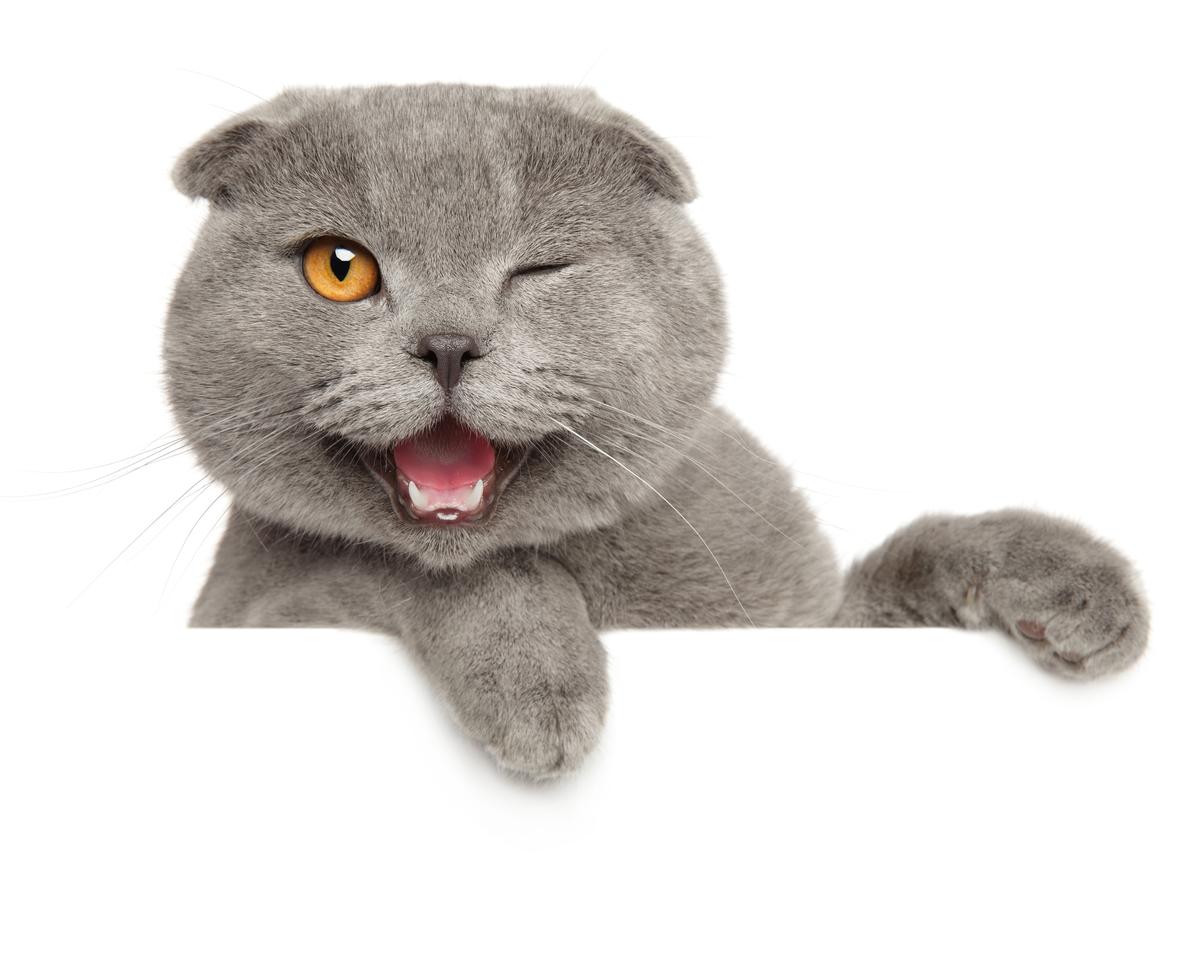Cats have long captivated our hearts with their enigmatic behavior and charming personalities. From their graceful movements to their aloof independence, felines have woven themselves into the fabric of our lives. Yet, beneath their seemingly simple actions lies a world of complexity that is both intriguing and captivating. In this extensive exploration of “The Secret Lives of Cats,” pet barn venture even further into the enigma of feline behavior, unveiling a myriad of the most fascinating facts about our furry companions.
1. Crepuscular Creatures: The Nighttime Explorers
Have you ever wondered why your cat seems most active during the twilight hours? Cats are crepuscular animals, meaning they are naturally inclined to be active during dawn and dusk. This behavior can be traced back to their wild ancestors, who hunted during these times to avoid competition with larger predators. Their heightened senses and exceptional night vision make them adept hunters, stalking their prey under the cover of darkness. This crepuscular activity pattern also allows them to conserve energy during the heat of the day, contributing to their efficient survival strategies.
2. The Art of Purring: More Than Just Contentment
Purring is perhaps one of the most recognizable sounds a cat makes, often associated with relaxation and contentment. However, purring isn’t limited to just happy moments. Cats also purr when they are in pain, stressed, or giving birth. This duality of purring highlights the complex emotional range of our feline friends, reminding us that their feelings can be subtle and multifaceted. The vibrations produced by purring are not only soothing to cats themselves but also to their human companions, fostering a sense of comfort and tranquility.
3. Tail Tales: Expressing Emotions Through Tails
A cat’s tail is a versatile tool for communication. A raised tail with a slight curve at the top signifies a friendly greeting, while a puffed-up tail indicates fear or agitation. Tails also play a crucial role in balance, helping cats navigate narrow spaces and execute their famous mid-air acrobatics with grace. Observing a cat’s tail can provide valuable insights into their current state of mind, allowing us to adjust our interactions accordingly. The intricacies of tail language deepen our understanding of their nonverbal cues.
4. Kneading: A Throwback to Kittenhood
If you’ve ever noticed your cat kneading a soft surface with their paws, you’re witnessing a behavior that harks back to their kitten days. Kittens knead their mother’s belly to stimulate milk flow while nursing. This kneading behavior often carries into adulthood and is a sign of comfort and contentment. When your cat kneads you, it’s a demonstration of trust and a reminder of the special bond you share. Embracing their kneading, whether on a blanket or your lap, allows us to reciprocate their affection and create moments of intimacy.
5. The Mystery of High Places: Heights and Hierarchy
Cats are known for their fascination with high places. This behavior has both practical and ancestral origins. In the wild, climbing to elevated spots provided safety from predators, and domestic cats retain this instinctual need for security. Additionally, in multi-cat households, claiming the highest perch can be a subtle display of dominance within the feline hierarchy, showcasing their social complexity even in a home environment. Providing vertical spaces like cat trees for our cats not only fulfills their need for exploration but also enhances their environment.
6. The Slow Blink: A Gesture of Trust
When your cat gives you a slow, deliberate blink, they are expressing trust and affection. This gentle gesture is often referred to as a “cat kiss.” By returning the blink, you’re reinforcing the bond between you and your feline companion, acknowledging their affection in a language that transcends words. This shared blink is a reminder of the intimacy that can exist between humans and cats, bridging the gap between species with a simple yet profound connection.
7. The Huntress Within: Play and Predator Instincts
Cats are natural hunters, and even indoor cats exhibit their predatory instincts through play. Toys that mimic the movement of prey allow cats to engage their hunting skills, keeping their minds and bodies active. This play not only satiates their need for mental stimulation but also ensures they maintain physical fitness, preventing obesity and related health issues. Encouraging interactive playtime not only enriches their lives but also provides a way for us to participate in their instinctual behaviors.
8. Scratching: More Than Destructive Behavior
While scratching may seem like a destructive habit, it serves multiple purposes for cats. Scratching helps them shed the outer layers of their claws, mark their territory with scent glands on their paws, and engage their muscles to stretch and stay agile. Providing appropriate scratching outlets, like scratching posts, not only preserves your furniture but also nurtures your cat’s innate behaviors. Understanding the significance of scratching allows us to create an environment that supports their physical and psychological needs.
In the tapestry of our lives, cats bring color, mystery, and joy. Their behaviors, rich with meaning and history, remind us that these seemingly aloof creatures have a world of emotions and intentions that go far beyond what meets the eye. As we strive to understand and respect their secret lives, we forge deeper connections with our feline friends. Through patient observation and mutual communication, we share a journey that is both delightful and profound, one that enriches our lives as much as it does theirs. In embracing their complexity, we find ourselves immersed in the captivating world of cats, forever changed by the privilege of glimpsing their enigmatic souls.

